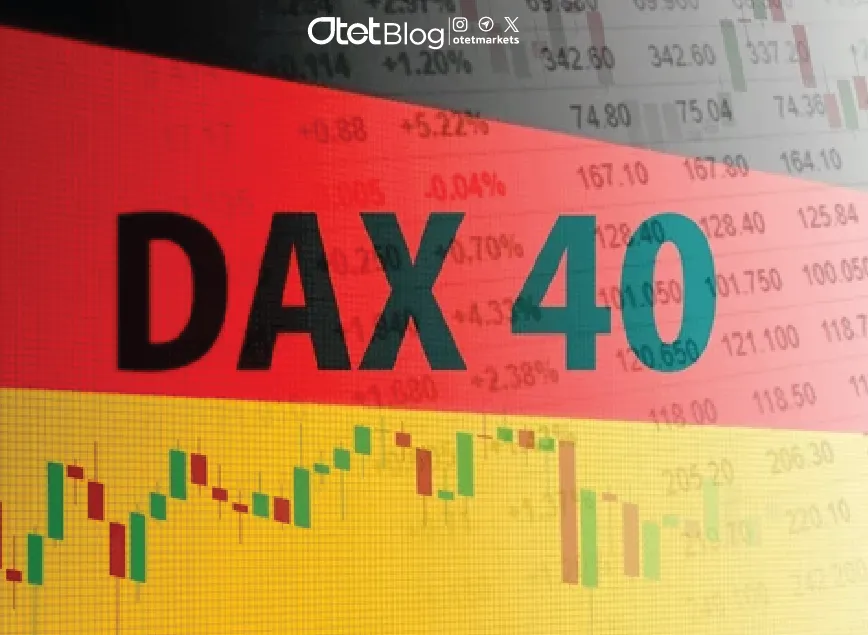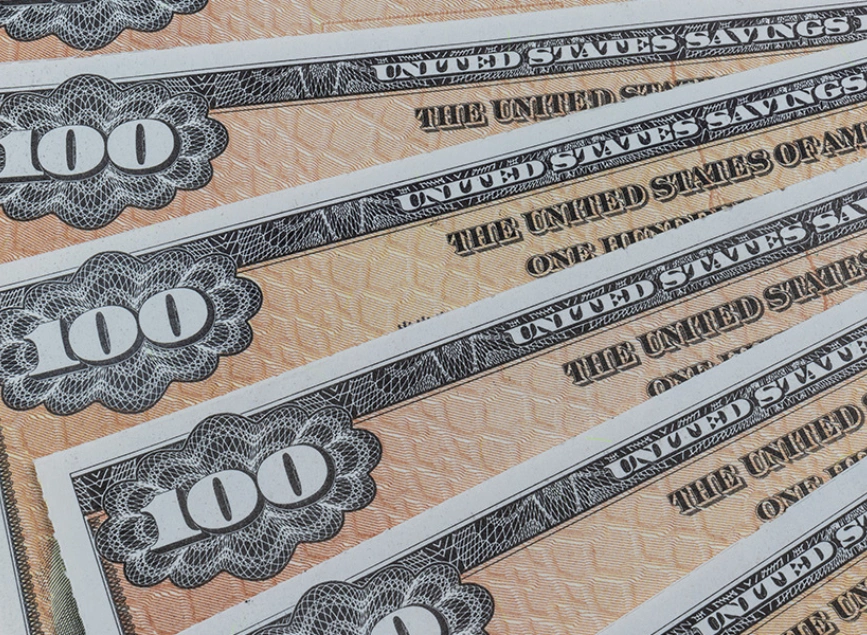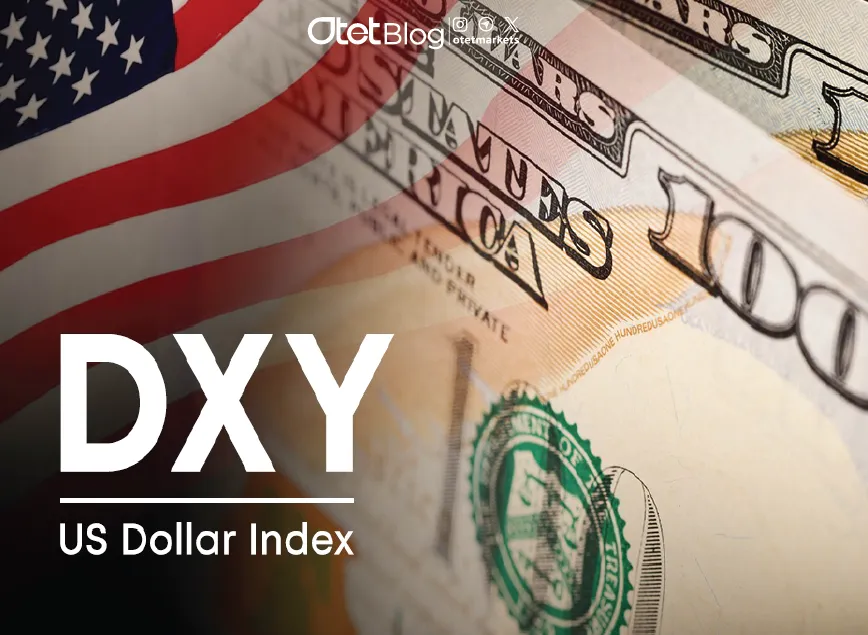
What Is Germany’s DAX Index?
Estimated reading time: 3 minutes
Table of contents
When it comes to gauging the economic health of Germany—and, by extension, much of Europe—few indicators are as influential as the DAX Index. Short for Deutscher Aktienindex, the DAX tracks the 40 largest and most liquid companies listed on the Frankfurt Stock Exchange, serving as a critical benchmark for investors, analysts, and economists around the globe.
What Is the DAX Index?
The DAX 40 includes Germany’s leading companies from diverse sectors such as:
- 🚗 Automotive
- 💊 Pharmaceuticals
- 💻 Technology
- 💰 Finance
- 🛒 Consumer goods
These firms represent around 80% of the market capitalization of Germany’s stock exchange, making the DAX a strong reflection of the country’s economic engine.
Notable DAX Companies
| Company | Industry |
|---|---|
| Siemens | Engineering & Technology |
| Volkswagen | Automotive Manufacturing |
| SAP | Enterprise Software Solutions |
| Bayer | Pharmaceuticals & Chemicals |
| Allianz | Insurance & Financial Services |
How Is the DAX Calculated?
Unlike price-only indices, the DAX is a Total Return Index, meaning it factors in both:
- Real-time stock prices
- Reinvested dividends
✅ This offers a more complete picture of investment performance over time.
Why the DAX Matters?
The DAX is more than just numbers on a chart—here’s why it’s so important:
- 🇩🇪 Barometer of Germany’s economy: Reflects shifts in industrial strength and consumer confidence
- 🇪🇺 Benchmark for the Eurozone: As Europe’s largest economy, Germany influences regional sentiment
- 📈 Basis for investment products: ETFs, futures, and options are often tied to the DAX
- 🌍 Global macroeconomic indicator: Helps investors gauge risk and opportunity across Europe
Read More: European Stock Market Indices: A Guide for Investors
What Drives the DAX?
Key factors that influence DAX performance:
- 📉 Germany’s economic growth and industrial output
- 💶 ECB monetary policy decisions
- 📈 Inflation and interest rate changes
- 🛢 Commodity prices (especially energy)
- ⚠️ Geopolitical risks (e.g., war in Eastern Europe, trade tensions)
Does the DAX Always Go Up?
Definitely not. Like all indices, the DAX experiences ups and downs tied to market cycles:
- ⬇️ COVID-19 pandemic and energy crisis led to sharp declines
- ⬆️ Economic recovery and tech expansion have driven rebounds
Long-term investors watch for trends, but short-term volatility is common.
How to Invest in the DAX
You can gain exposure to the DAX through various financial instruments:
- ETFs: e.g., iShares DAX UCITS ETF
- Futures contracts: Traded globally
- CFDs: Offered by brokers like OANDA
- Direct stock investments: Buying shares in DAX-listed firms
Read More: What is the DXY Index?
Final Thoughts
The DAX is more than just Germany’s leading index—it’s a vital window into the economic pulse of Europe. Understanding how it works, what drives it, and how to invest in it can help you navigate both regional and global markets with greater insight.
Whether you’re a seasoned investor or a curious market watcher, keeping an eye on the DAX offers a powerful view into Europe’s economic landscape.
Share
Hot topics

Federal Reserve’s Challenges to Trump’s New Policies
As the Federal Reserve Open Market Committee (FOMC) prepares for its upcoming meeting, all eyes are on how the Fed will respond to Donald Trump’s latest economic policies. With the...
Read more




Submit comment
Your email address will not be published. Required fields are marked *